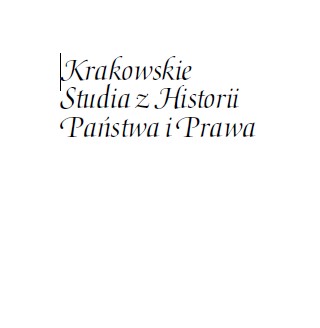Changes in the Hungarian Insolvency Law in the Interwar Period
Changes in the Hungarian Insolvency Law in the Interwar Period
Author(s): Máté PéterváriSubject(s): National Economy, History of Law, Economic history, Interwar Period (1920 - 1939)
Published by: Wydawnictwo Uniwersytetu Jagiellońskiego
Keywords: bankruptcy procedure; compulsory non-bankruptcy settlement; exceptional power; state intervention in the private law; effect of the First World War; responses to the economic crises;
Summary/Abstract: The First World War and the Trianon Treaty shocked the Hungarian economy. The Hungarian government implemented a payment moratorium from the start of the war, but after a one-year long moratorium, the government wanted to restore the working of the economy. But it desired to avoid the massive bankruptcies of the firms; therefore, a new institution, the compulsory non-bankruptcy settlement was introduced by the government in Hungary for helping the debtors. In my paper, I examine the rearrangement of the insolvency law in the interwar period which was generated by the compulsory nonbankruptcy settlement. This appeared beside the bankruptcy procedure, which regulation was passed by the National Assembly in 1881. It was the second Hungarian bankruptcy act, which remained unchanged until socialism. These two procedures were the significant elements of the insolvency law in the examined period. In my paper, I present the circumstances of the new institution’s introduction, its modification and its relation to the bankruptcy procedure.
Journal: Krakowskie Studia z Historii Państwa i Prawa
- Issue Year: 15/2022
- Issue No: 2
- Page Range: 227-244
- Page Count: 18
- Language: English

